Research on fire rescue using grey prediction model
DOI: 10.23977/jeis.2021.060209 | Downloads: 25 | Views: 1790
Author(s)
Qing Yu 1
Affiliation(s)
1 School of mathematics and physics, Chengdu University of technology, Chengdu, Sichuan, 610051
Corresponding Author
Qing YuABSTRACT
With the rapid development of China's economy, the tasks undertaken by fire rescue teams also show a trend of diversification and complexity.In order to strengthen the construction of the national fire rescue team and improve the accuracy and safety of the police task, this paper forecasts the number of people on duty on holidays and daily time every year by establishing a planning model.Then, through the quantitative collection of the number of police calls per month from 2016 to 2019, the number of police calls per month in 2020 is verified, the number of police calls per month in 2021 is predicted, and compared with the actual data to evaluate the accuracy and stability of the model.
KEYWORDS
0-1 Planning model, Grey prediction model, Fire rescue planningCITE THIS PAPER
Qing Yu. Research on fire rescue using grey prediction model. Journal of Electronics and Information Science (2021) 6: 59-63. DOI: http://dx.doi.org/10.23977/jeis.2021.060209.
REFERENCES
[1] Weixin_34026276, feature engineering of machine learning 70% of the timehttps://blog.csdn.net/weixin_34026276/ article/details/93458278, 2021.5.13.
[2] Si Shoukui, sun Zhaoliang, mathematical modeling algorithm and application, Beijing: National Defense Industry Press, 2017.
[3] Abc012377, SPSS Pearson correlation analysis example operation steps, https://wenku.baidu.com/view/ d0b836b5bd64783e09122bb3.html, 2021.5.3.
[4] Fanjufei' s blog gives a set of data and predicts the trend of data change in the future through the grey prediction model,https://blog.csdn.net/fanjufei123456/article/details/84780018, 2021.5.3.
| Downloads: | 13515 |
|---|---|
| Visits: | 566539 |
Sponsors, Associates, and Links
-
Information Systems and Signal Processing Journal

-
Intelligent Robots and Systems

-
Journal of Image, Video and Signals
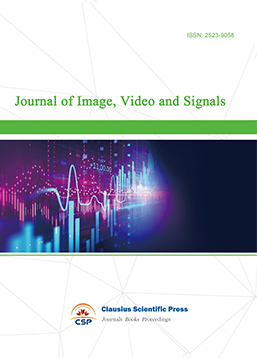
-
Transactions on Real-Time and Embedded Systems
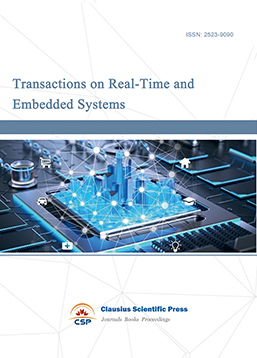
-
Journal of Electromagnetic Interference and Compatibility
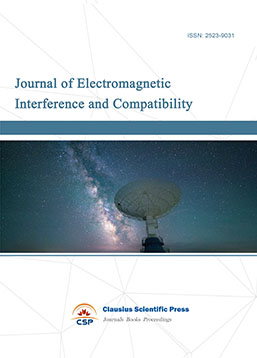
-
Acoustics, Speech and Signal Processing
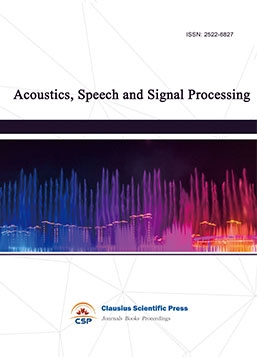
-
Journal of Power Electronics, Machines and Drives
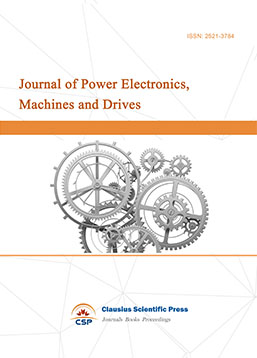
-
Journal of Electro Optics and Lasers

-
Journal of Integrated Circuits Design and Test
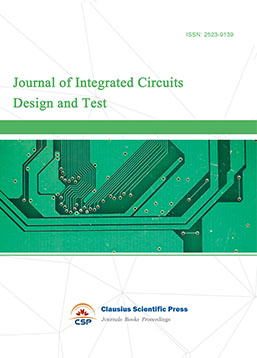
-
Journal of Ultrasonics
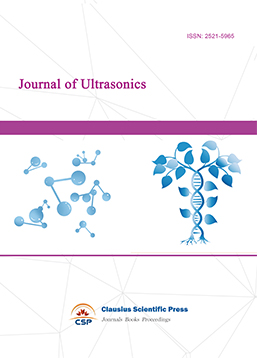
-
Antennas and Propagation
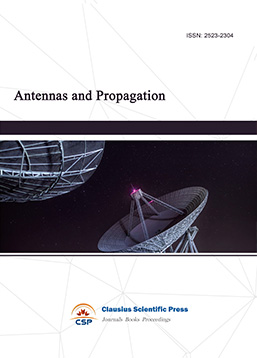
-
Optical Communications
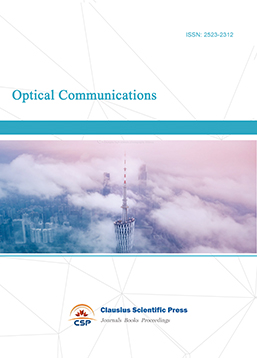
-
Solid-State Circuits and Systems-on-a-Chip
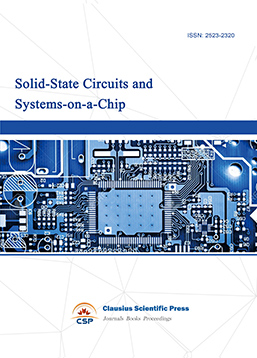
-
Field-Programmable Gate Arrays

-
Vehicular Electronics and Safety
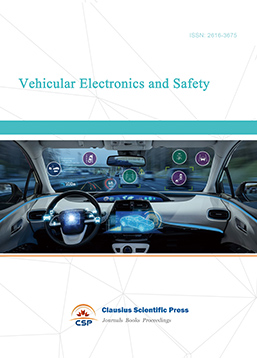
-
Optical Fiber Sensor and Communication
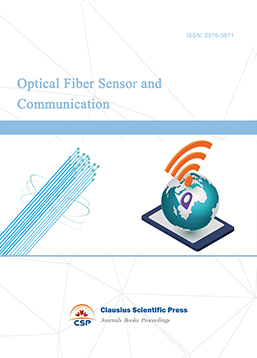
-
Journal of Low Power Electronics and Design
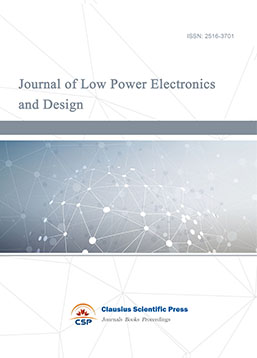
-
Infrared and Millimeter Wave
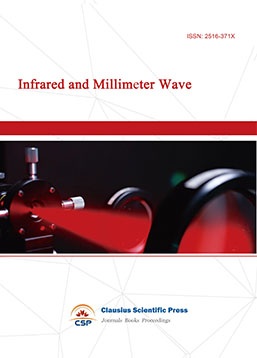
-
Detection Technology and Automation Equipment
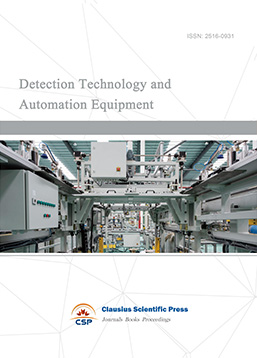
-
Journal of Radio and Wireless

-
Journal of Microwave and Terahertz Engineering
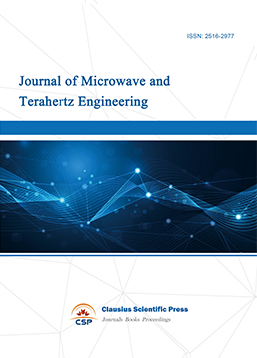
-
Journal of Communication, Control and Computing
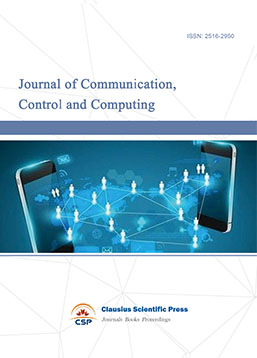
-
International Journal of Surveying and Mapping
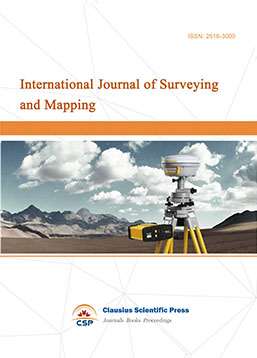
-
Information Retrieval, Systems and Services
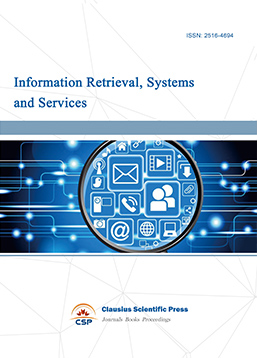
-
Journal of Biometrics, Identity and Security

-
Journal of Avionics, Radar and Sonar
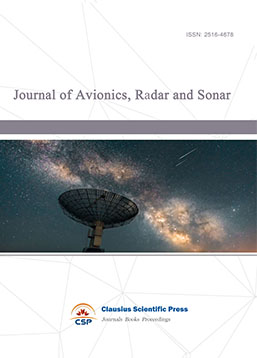

 Download as PDF
Download as PDF